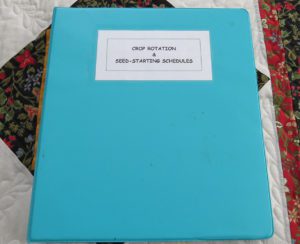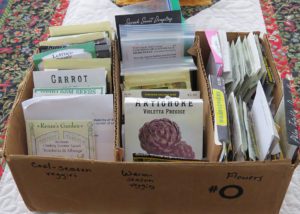The importance of crop rotation

I know I’ve talked about this before but crop rotation is a big deal! It’s the best tool vegetable gardeners have to cut down on insect and disease problems. And it’s free, too.
Crop rotation involves keeping records of where you grew each crop in the previous 3 to 4 years. That way, you can grow them in different locations when laying out your garden.
Each family of plants tends to have specific insect and disease problems. For example, potatoes can be troubled by Colorado potato beetles and different types of blights, among other things. Aphids and cabbage worms seem to love members of the cabbage family.
Why is rotating where you plant these families of vegetable crops so helpful? You will either eliminate — or dramatically reduce — the instances of these issues.
I should also mention that crops have different nutritional needs. Some vegetables, like corn and lettuce, take up a lot of nitrogen from the soil. Root crops need a lot of phosphorus and potassium. So do veggies that flower and set fruit (tomatoes, peppers and eggplants, for example). Aside from replenishing lost nutrients in your garden beds each year, when you rotate your vegetable crops, you also ensure that the soil isn’t being continually being depleted of the same types of nutrients.
As you can see in the photos, I’ve been drawing the planting layout for this year’s garden. (And isn’t that an exciting thing to do in the middle of the winter?!) I have a binder where I keep records of the layouts from previous years, and then I start sorting out where each crop should go.
The best way to do this is to know your plant families because it’s not always intuitive knowing which plants belong to each family. Fortunately, I have a plant family guide to help you out! Be sure to refer to it while working on your layout.
The other thing I recently did was to sort through my seed collection and toss anything that I felt was either not viable anymore or nearing the end of its shelf life. I don’t mean to imply that old seeds won’t germinate, but the older they get, a lower percentage of seeds will sprout, and that means you have to plant them more thickly, re-seed them which wastes time, or purchase new ones. Refer to my seed viability guide as you look through your seeds.
Have fun dreaming and preparing for this year’s growing season!



